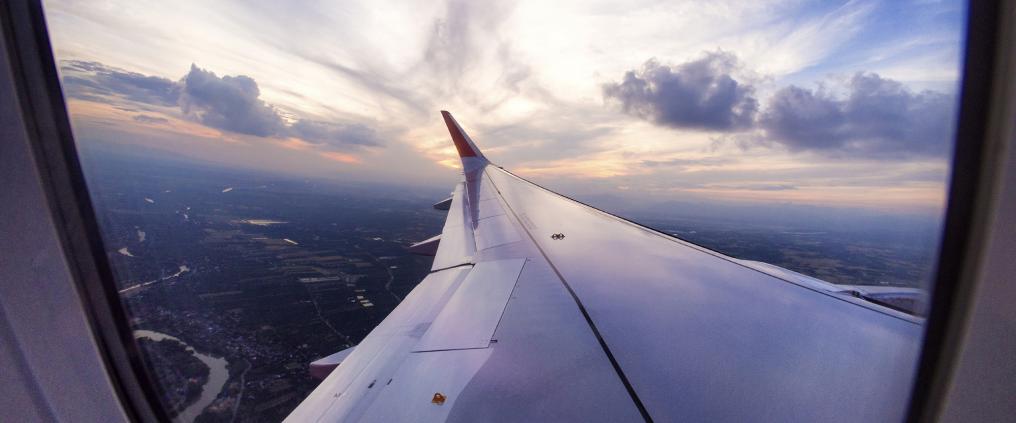Driving a car doesn't feel scary, although statistically it is much more dangerous than flying. How many of us even check the safety equipment in our cars before taking to the wheel?
We flight attendants are happy to talk about the fear of flying with our passengers and strive to make the flight easier for them. We are asked for help quite often, and the best reward is when a passenger gives us a hug on arrival and says the flight turned out to be nice after all!
Air traffic-related safety issues have been thought out with extreme care. Safety has a significant role in personnel training, and cabin crew members keep their information and skills up to date by attending refresher training courses every year.
Did you know that flying is statistically the safest way to travel?
Every flight starts with meticulous safety checks.
The crew reaches the aeroplane an hour before departure and begins going through the list of flight and aircraft-related things to check.
There is a specific procedure for every single conceivable emergency situation.
In the aeroplane, the checks include the functioning of safety equipment, such as oxygen cylinders and fire extinguishers. Even firefighter's gloves are included in the equipment.
And naturally the technical personnel has already verified that the aeroplane itself is airworthy before any passengers are allowed aboard. Before the flight, the crew is sent information about the weather conditions along the route.
During take-off and landing it is our task to take care of the safety in the cabin. Carry-on baggage has to be placed carefully to ensure it doesn't cause danger in a moving aeroplane. Service carts are equipped with brakes and always secured with latches.
Sometimes passengers ask why the window shades have to be up during take-off and landing. This is because we need to see the external conditions as well as possible.
It does feel quite safe to fly with the bigger airlines. European airlines follow the tight safety regulations set by EASA, the European Aviation Safety Agency. Every airline may adopt even stricter regulations, which they often do.
Photo: iStockphoto
